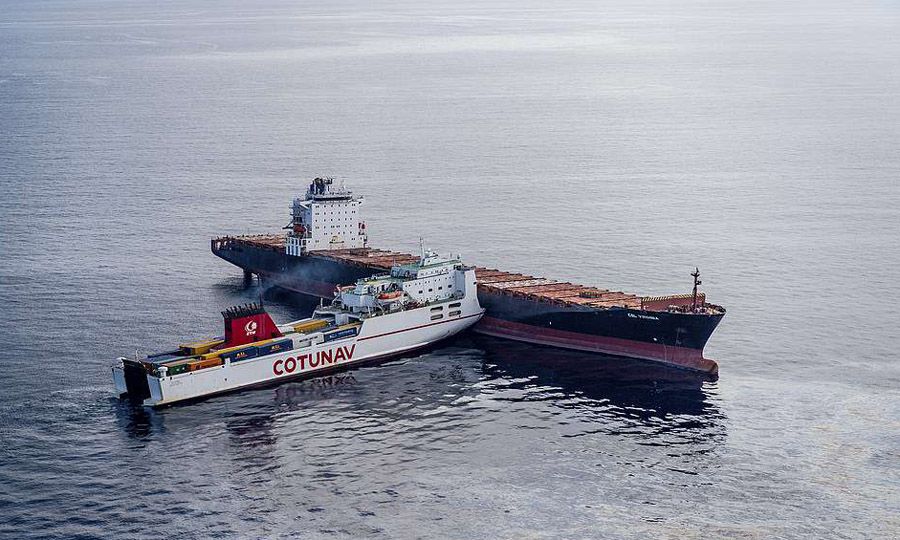This question is from May 2022 on Shipping Law
This was question No.3
Vessel ‘A’, while entering the port, collided with the stationary vessel ‘B’. Vessel ‘B’ suffered damage and was dry-docked for a considerable period of time to undergo repairs. The owners of vessel ‘B’ claim that they have lost a lucrative time charterparty contract as a result of the collision and being dry docked for a prolonged period of time. Please advise the Owners of the vessel ‘B’ as to the liability of vessel ‘A’ for such damage, and the quantum of recoverable damages. Use case law to support your answer
This is a model answer to the question.
In the event of a collision between two vessels, the general rule is that the party at fault is liable for damages incurred by the other party. This is known as the "rule of fault." In the case described, it appears that vessel A was the moving vessel and collided with the stationary vessel B. As such, it would be up to the owners of vessel A to prove that the collision was not their fault. If they are unable to do so, they will likely be held liable for the damages sustained by vessel B.
To determine the quantum of recoverable damages, the courts will typically look to the principles of restitutio in integrum, which seek to restore the injured party to the position they would have been in had the collision not occurred. This could include damages for the cost of repairs to vessel B, as well as any lost profits that the owners of vessel B may have incurred as a result of being unable to fulfill the time charterparty contract.
In support of this, we can look to the case of The Ocean Frost [1985] 1 Lloyd’s Rep. 493, in which the Court of Appeal held that the owners of a vessel that had been involved in a collision were entitled to recover damages for both the cost of repairs and any lost profits resulting from the inability to fulfill charterparty agreements.
In conclusion, it is likely that the owners of vessel B will be able to recover damages from the owners of vessel A for the costs of repairs and any lost profits resulting from the collision and the resulting dry-docking. The specific quantum of damages will depend on the circumstances of the case and will be determined by the courts based on the principles of restitution in integrum.

